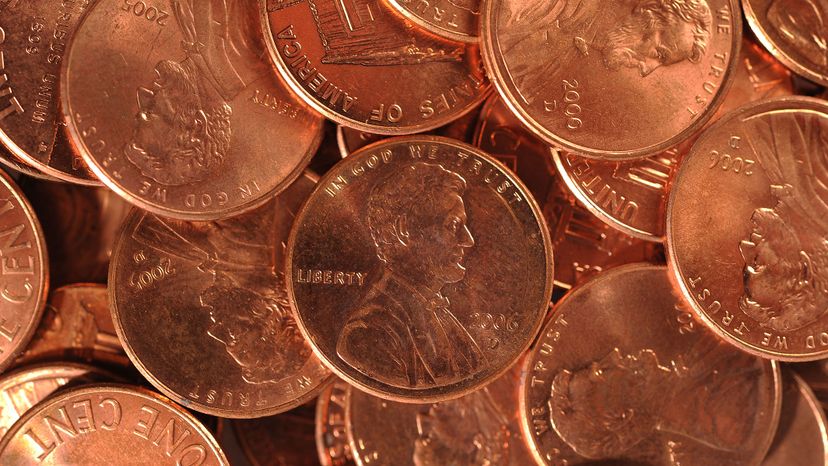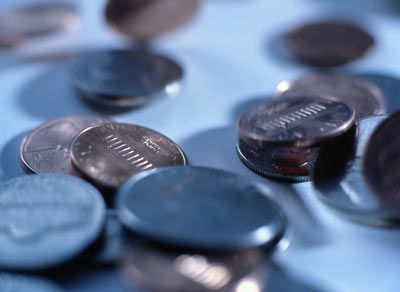Let's say you need a single rewritable DVD. Maybe you fell into a time machine and were transported back to 2003, or you'd like to make a DVD copy of your favorite YouTube videos for an elderly aunt. So you go to Amazon and find this item priced at exactly one penny.
This 1-cent wonder is one of many confoundingly cheap things listed on stuffforapenny.com, a real-time compendium of everything currently being sold on Amazon for the lowest price possible. Jewelry, socks, baseball cards, teeth whitening powder, all selling for a single penny.
Except, of course, they're not. Even if you're an Amazon Prime member, none of this stuff includes free shipping, which starts at $3.99 for small items. Still, how does an Amazon seller make any money selling a single item for four bucks (1 cent plus shipping)?
We checked with James Thomson, the former business head of Amazonservices.com, which recruits third-party sellers on Amazon, and who's now the president of PROSPER Show, a trade show for Amazon Marketplace sellers. In an email, Thomson said that it used to be easier for companies to make a slim profit on 1-cent items because Amazon only charged a 15 percent commission, and 15 percent of 1 cent is basically nothing.
But Amazon now charges a $1 minimum fee on all items, which Thomson says is an attempt to "actively discourage" sellers from pricing items ridiculously low. Using that rewritable $4 DVD as an example, even if the seller mails it at the $2.50 media shipping rate offered by the U.S. Postal Service, profit drops to 50 cents once Amazon's $1 fee is subtracted. Then there are labor and overhead costs to consider.
"Some sellers might make a little money, but certainly no one is getting rich using this approach," wrote Thomson.



